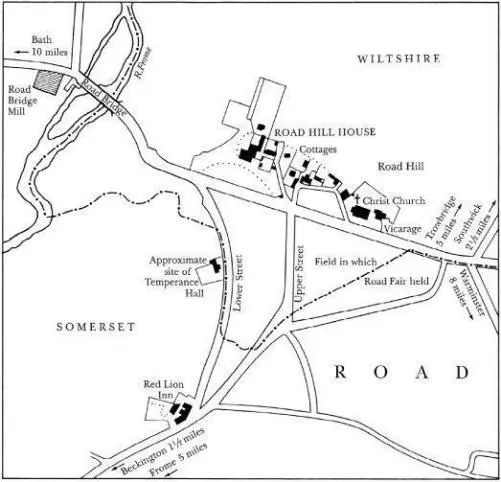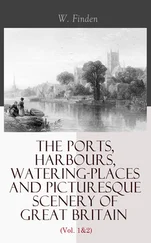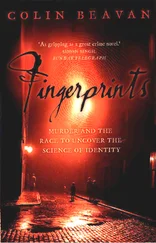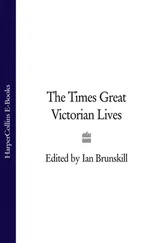The move to Road Hill House, a slightly more modest residence, may also have eased some financial difficulties - Stapleton remarked that Baynton was beyond the means of a government employee with a family of four, being a house suited 'to the wants and pretensions of a country gentleman of considerable and independent fortune'.*
In June 1855 the second Mrs Kent gave birth to Mary Amelia Saville. In August the next year, she had her first son, Francis Saville, known as Saville. Her second daughter, Eveline, was born in October 1858. Mr and Mrs Kent were besotted with their new children. That year Edward, now twenty-two, sailed to the West Indies with the merchant navy, and in July died suddenly in Havana of yellow fever.
According to a rumour reported by Stapleton, Edward was the father of Saville, his supposed half-brother. If this were so, Edward's anger about his own father's second marriage would have been prompted by sexual rivalry rather than disapproval. But Stapleton insisted that the new Mrs Kent and her stepson were not lovers - the evidence he gave for this, bizarrely, was the stillbirth of her first child. This event indicated that she had been made pregnant at least once by Samuel (Edward was at sea when the baby was conceived), although it suggested nothing about the paternity of her next two children, Saville and Eveline.
The family story that Whicher pieced together at Road Hill House suggested that Saville's death was part of a mesh of deception and concealment. The detective stories that the case engendered, beginning with The Moonstone in 1868, took this lesson. All the suspects in a classic murder mystery have secrets, and to keep them they lie, dissemble, evade the interrogations of the investigator. Everyone seems guilty because everyone has something to hide. For most of them, though, the secret is not murder. This is the trick on which detective fiction turns.
The danger, in a real murder case, was that the detective might fail to solve the crime he had been sent to investigate. He might instead get lost in the tangle of the past, mired in the mess he had dug up.

CHAPTER SIX
SOMETHING IN HER DARK CHEEK
17 July
On Tuesday, 17 July, Jack Whicher started to make inquiries outside Road. Taking his lead from the missing nightdress, he began by visiting Constance's school in Beckington. He set off for the village, a mile and a half away, down a narrow road banked high with brambles, grasses and nettles, and flecked with white hogweed flowers. He was armed with the breast flannel found in the vault of the privy. The weather was fine, the haymaking almost done.
As a gardener's son, Whicher was at ease among fields and flowers. Sergeant Cuff, the detective in The Moonstone , had the same background. 'I haven't much time to be fond of anything,' says Cuff. 'But when I have a moment's fondness to bestow, most times . . . the roses get it. I began my life among them in my father's nursery garden, and I shall end my life among them, if I can. Yes. One of these days (please God) I shall retire from catching thieves, and try my hand at growing roses.'
'It seems an odd taste, sir,' his companion suggests, 'for a man in your line of life.'
'If you will look about you (which most people won't do),' returns Cuff, 'you will see that the nature of a man's tastes is, most times, as opposite as possible to the nature of a man's business. Show me any two things more opposite one from the other than a rose and a thief; and I'll correct my tastes accordingly.' Cuff strokes the loose white blossoms on a musk rose, and speaks to it as tenderly as if it were a child: 'Pretty dear!' He does not like to pick the flowers, he says - 'It goes to my heart to break them off at the stem.'
When he reached the village Whicher called at Manor House, the school that Constance had been attending for the previous nine months, the last six as a boarder. The headmistress, Mary Williams, and her assistant Miss Scott had charge of thirty-five girls in term time, along with about four servants and two other teachers. Establishments such as this were, in effect, finishing schools that taught or perfected ladylike accomplishments: singing, piano-playing, needlework, dancing, deportment, the mastery of a little French and Italian. A girl of good family would typically attend for a year or two when in her teens, after being trained by a governess. The Misses Williams and Scott reported that Constance was doing well. The term before, she had been awarded the school's second prize for good conduct. Whicher showed the teachers the flannel with severed strings that Foley had found in the privy, asking if they recognised it. They said they did not. He requested the names and addresses of Constance's best friends, whom he would interview later in the week.
While in Beckington, Whicher also called on Joshua Parsons, the Kents' doctor, at the twin-gabled seventeenth-century house he shared with his wife, seven children and three servants. As a member of the new professional middle classes, Parsons was roughly Samuel Kent's social equal. One of his sons, Samuel, was just a few months older than Saville.
Joshua Parsons was born to Baptist parents at Laverton, a couple of miles north-west of Beckington, on 30 December 1814. The doctor was dark-haired, with full lips, a rounded nose and large brown eyes. In London, where he had trained as a general practitioner, he had been friends with Mark Lemon, later the editor of Punch and a friend of Dickens, and John Snow, the epidemiologist and anaesthetist who discovered the cause of cholera. Parsons and Whicher briefly lived in the same part of town: Whicher joined the police and moved to Holborn a month before Parsons left his lodgings near Soho Square to return to Somersetshire. In 1845 Parsons took up residence in Beckington with his wife Letitia, now thirty-six. He was a devoted gardener, particularly passionate about rock plants and hardy perennials.
Parsons explained to Whicher the conclusions he had drawn from the post-mortem. He had become convinced that Saville must have been partly or fully suffocated before he was attacked with a knife. This would account for the darkness around his lips, and the lack of blood on the privy walls: the boy's heart had been stilled before the wound was inflicted on his throat, so that his blood, instead of exploding in jets and sparkles, had leaked slowly away into the vault beneath the lavatory. The real murder weapon, Parsons believed, was not a knife but a length of cloth. Joseph Stapleton, with whom Parsons had performed the post-mortem, disagreed with the suffocation theory: Stapleton was sure that the throat-cutting was the cause of death, and that the blackening of Saville's lips was a result of his being left head-down in the privy. He suggested that most of the boy's blood had soaked into the blanket.
The difference in the doctors' views had important implications. If Saville was suffocated, and the stab wounds were made merely to disguise the cause of death, he might have been killed impulsively in order to secure his silence. The killers could have been his nursemaid and his father, surprised in bed. It was much harder to believe in this scenario if Saville was the victim of a furious knife attack.
Parsons didn't countenance the scenario anyway. He was sure that Constance was the killer. When he had examined the nightdress lying on her bed on the Saturday of the murder, he said, he found it not just clean but 'remarkably clean'. He thought it was a fresh nightgown, rather than one that had been six days in use. He had indicated as much to Foley, but the Superintendent had ignored the hint. Parsons told Whicher that Constance had a history of instability and spite. He was convinced, he said, that she was 'affected with homicidal madness', and he imagined that the cause lay in her blood.
Читать дальше













